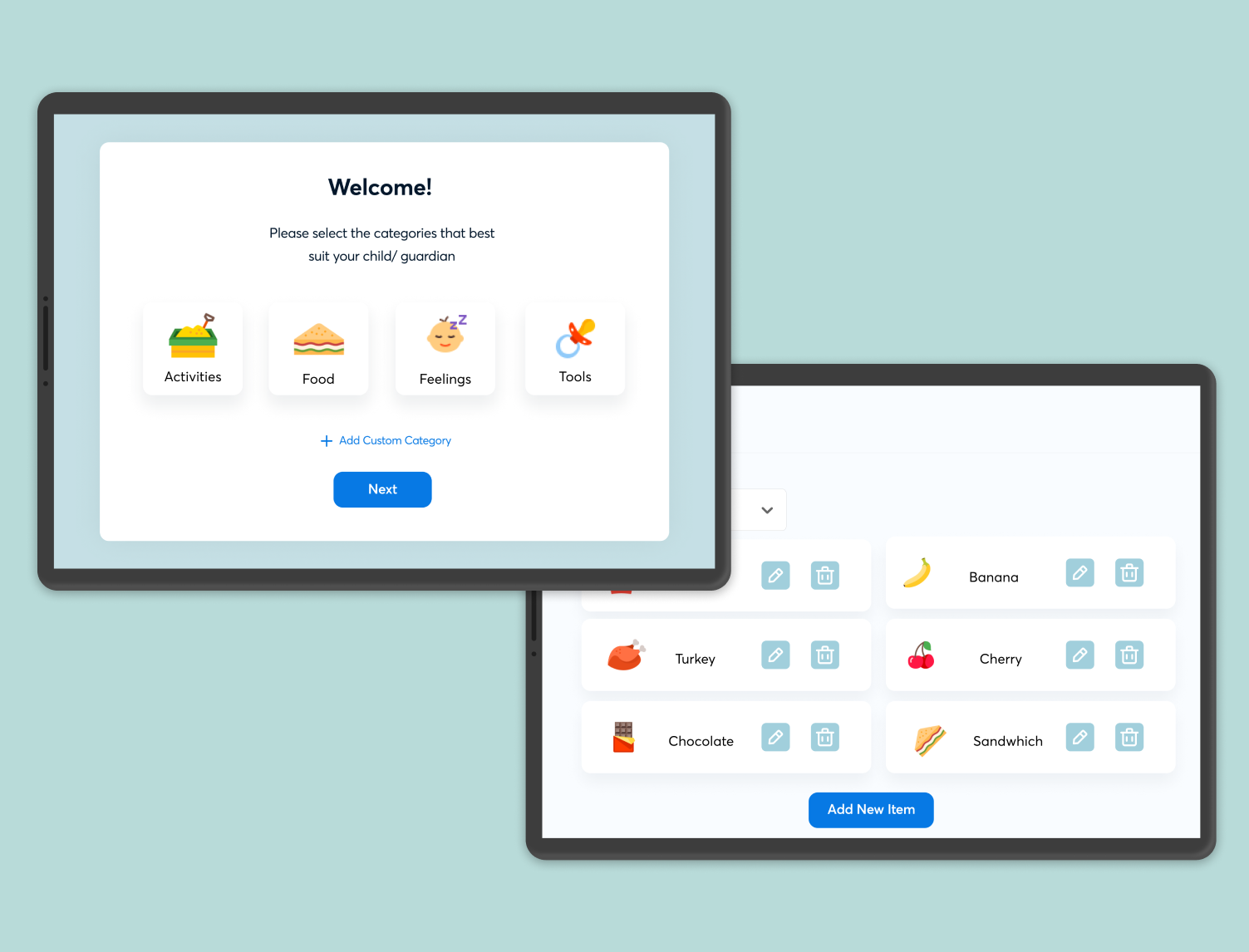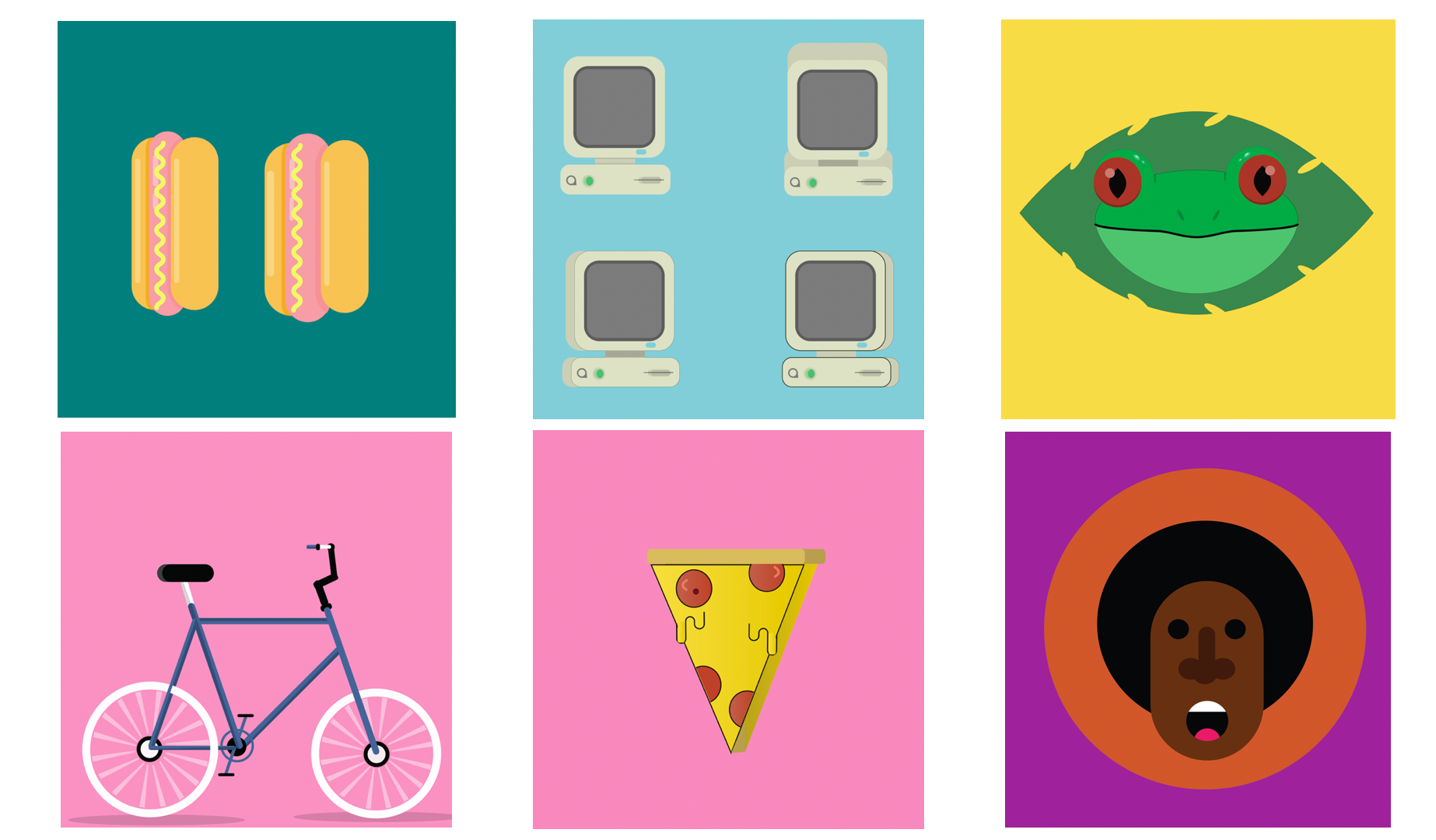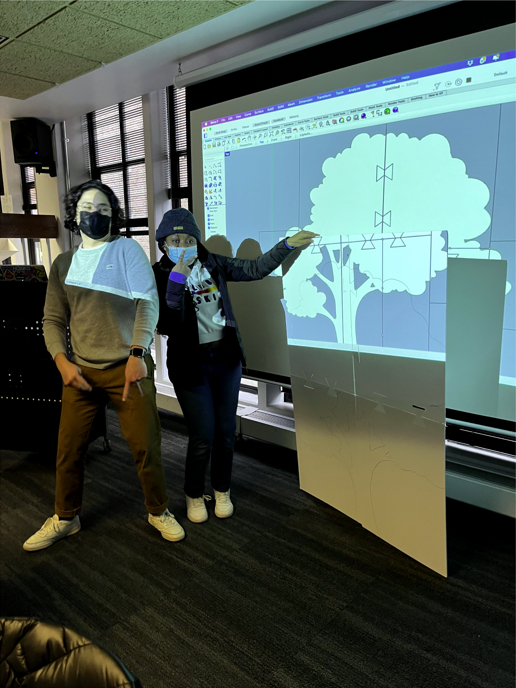We recently connected with Rahmat Raji and have shared our conversation below.
Alright, Rahmat thanks for taking the time to share your stories and insights with us today. What’s been the most meaningful project you’ve worked on?
I fell in love with product design right out of college. It started in my Human-Computer Interaction class, where my instructor shared how thoughtful design practices could genuinely change people’s lives. As a creative and ambitious student, that struck a chord, and from then on, I committed myself to work only on projects that made a real impact.
In the five years I’ve spent as a product designer, I’ve had the opportunity to contribute to tools improving care access for over a million patients and technologies aiding researchers in unlocking the human immune system. Yet, the most meaningful project for me is still one rooted in a small town in Ghana, where my passion for health tech first took hold.
In Ghana, children with autism often face significant communication barriers, primarily due to limited access to supportive technologies explicitly designed for their needs. Recognizing this multi-faceted challenge, my goal became clear: develop a low-resource Augmentative and Alternative Communication (AAC) system tailored precisely to the children’s unique language, natural context, and communication partners. I was working at the intersection of two underserved spaces: individuals with disabilities and communities in countries like Ghana, where technology access is often scarce.
The outcome was a tablet-based app specifically adapted to these children’s complex communication needs and environment. The app significantly and statistically improved the communication skills and engagement of the participating children, receiving heartfelt positive feedback from both the local autistic community and the broader academic research community.
This project resonates deeply with me as a BIPOC designer. Being able to create meaningful change within underserved communities, bridging critical gaps through my work, was profoundly rewarding. It reaffirmed my purpose in design—not just as a career but as a way to genuinely contribute to equity and inclusion through technology.

Great, appreciate you sharing that with us. Before we ask you to share more of your insights, can you take a moment to introduce yourself and how you got to where you are today to our readers.
I’m an interdisciplinary product designer specializing in end-to-end digital experiences with a strong emphasis on user-centered design. My initial interest in design began with graphic design, and as technology rapidly advanced, I smoothly transitioned into product design, leveraging my naturally creative mindset. I graduated with a Master’s degree in Human-Computer Interaction and Design from the University of Washington in Seattle, WA.
Most recently, I served as a Senior Product Designer at Ozette Technologies, a biotech startup creating advanced AI/ML platforms for complex cytometry data analysis. At Ozette, I designed interactive AI visualization platforms that consolidated multiple analytical tools into scalable, user-friendly solutions for scientists and pharmaceutical clients. I also successfully established UX review processes and developed the company’s first comprehensive design system, significantly enhancing collaboration between design and engineering teams.
Previously, as the Lead User Experience Designer at The Sports Institute at UW Medicine, I spearheaded the redesign of the Exercise RX mobile app aimed at improving physical activity among sedentary patients. My role involved extensive usability studies, data analysis, and cross-functional collaboration with healthcare professionals, researchers, and medical students. Our work was published in the Journal of Investigative Medicine, detailing patient experiences and app usability within an integrated health records platform designed to promote physical activity.
In earlier roles, including at Warble Studio and FR8 Bukyn, I had the opportunity to design impactful products across different industries, improving user experiences and operational efficiencies.
My published work and speaking engagements explore themes around career navigation, visibility, and impact as a solo designer in multidisciplinary teams. I am passionate about creating scalable design solutions that align with user needs and organizational goals, leveraging rigorous research methodologies and empathetic design practices. I take pride in designs that genuinely enhance user interactions, promote healthier lifestyles, and solve meaningful real-world challenges. My guiding principle as a designer is rooted in empathy, intentionality, and curiosity—I believe exceptional design is created by deeply understanding user experiences, constantly questioning assumptions, and striving to make every interaction both meaningful and intuitive.

Looking back, are there any resources you wish you knew about earlier in your creative journey?
Networking, Don’t stay in your design silo. When I first started out, I found it easy to stick close to other designers—it felt natural to stay in spaces where I was understood and inspired. But over time, I realized how much I was missing by not branching out. I underestimated how significantly my work could benefit from stronger connections with cross-functional partners.
I’ve learned so much about evolving product and market needs just by having open conversations with friends who work in product management. I’ve picked up knowledge about emerging tech tools from engineers I’ve collaborated with. These relationships have shaped the way I think, the questions I ask, and ultimately, the designs I create.
As a designer, my work spans the entire product, and building a network that reflects that has helped me grow beyond what I imagined. Now, I try to make it a point to step outside of my design bubble—whether that means learning from someone in a totally different industry or diving into a new knowledge area just out of curiosity. If I could go back, I’d tell myself to start doing that way earlier. Making those connections has transformed how I approach design, and I think it can be for others, too.

What do you find most rewarding about being a creative?
For me, the most rewarding part of being a creative is getting to bring ideas to life in ways that feel intentional and useful. I love taking something messy or complex and turning it into an experience that makes sense to people. Whether I’m working on a health app or a data platform, there’s always a moment where it clicks—where someone uses what I’ve designed and it just works for them. That feeling never gets old.
I also really enjoy the process. I’m naturally curious, and being a designer gives me space to ask questions, explore new ways of thinking, and learn from the people around me. Every project teaches me something new—about users, about systems, about myself. It keeps me on my toes in the best way. And because so much of design is collaborative, I get to work with people who challenge and inspire me every day. That mix of learning, building, and connecting is what makes this work so meaningful to me.
Contact Info:
- Website: https://www.rahmat-raji.com/
- Linkedin: https://www.linkedin.com/in/rahmatraji/



